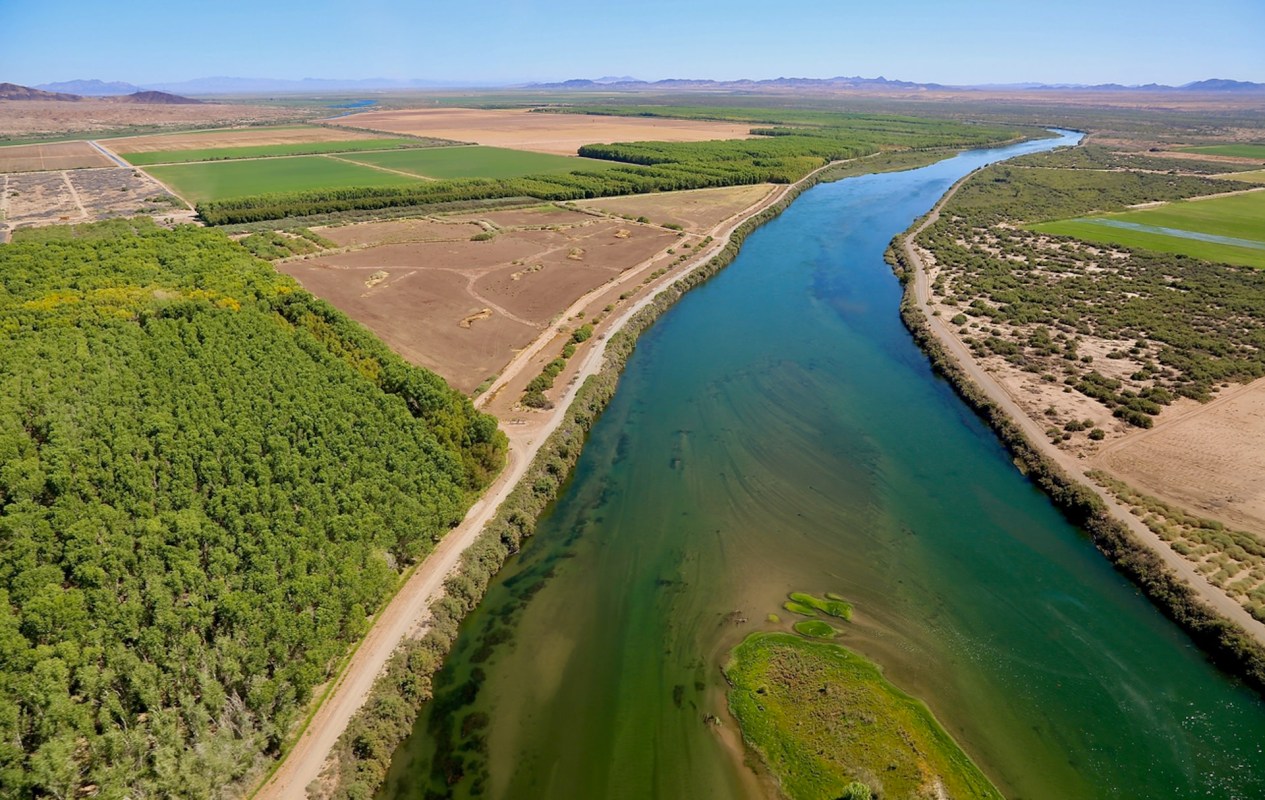The seven states that depend on the Colorado River for water have been trying to reach a long-term agreement on water rights before the next presidential inauguration. As the New York Times reported, they are worried that a possible change in leadership could delay negotiations about how they will share the water.
"Whenever there's an administration change, that significantly disrupts things," JB Hamby, Colorado River Board of California chairman and the state's lead negotiator, told the Times. "If we can get a draft ready and in place by the end of the year, that will ensure that we get the hard work done."
However, time is running out to reach a consensus on water allocations. The 1922 Colorado River Compact, which, along with later agreements, determines how Colorado River water gets distributed, has associated temporary guidelines that expire in 2026.
According to the Salt Lake Tribune, the U.S. Bureau of Reclamation — a section of the U.S. Department of the Interior that manages water projects — requested that the states submit their plan this month so the agency would have time to finalize the new regulations.
E&E News reported that the Upper Basin states — which include Colorado, New Mexico, Utah, and Wyoming — are planning to submit their proposal by March 11. Top water officials expect to return to the negotiating table over the next several weeks to hash out details.
The Colorado River — which runs from the central Rocky Mountains in Colorado to the Gulf of California — supplies water to as many as 40 million people in Colorado, New Mexico, Utah, Wyoming, Arizona, California, and Nevada. It's also a vital resource for 30 Native American tribes and Mexico and irrigates millions of acres of farmland, according to the U.S. Department of the Interior.
However, the river faces an increasingly uncertain future because of the changing climate, overuse, and ongoing tensions between the states that share the diminishing resource.
Yale Climate Connections reported that the Colorado River's flows have dropped by 20% since delegates from the seven states initiated the Compact. Without a substantial decrease in heat-trapping pollution, climate scientists said river flows could decline an additional 20% by 2050 and 35% by 2100.
In 2023, the Lower Basin states — California, Arizona, and Nevada — agreed to reduce their water use by three million acre-feet through 2026 in exchange for federal funding. However, water officials and researchers say the states must think long-term and embrace water conservation to tackle the water crisis.
"How do we live with the river that we have, not the river that we hope and dream for?" Becky Mitchell, the lead negotiator for the state of Colorado, told the Times.
Join our free newsletter for cool news and cool tips that make it easy to help yourself while helping the planet.









